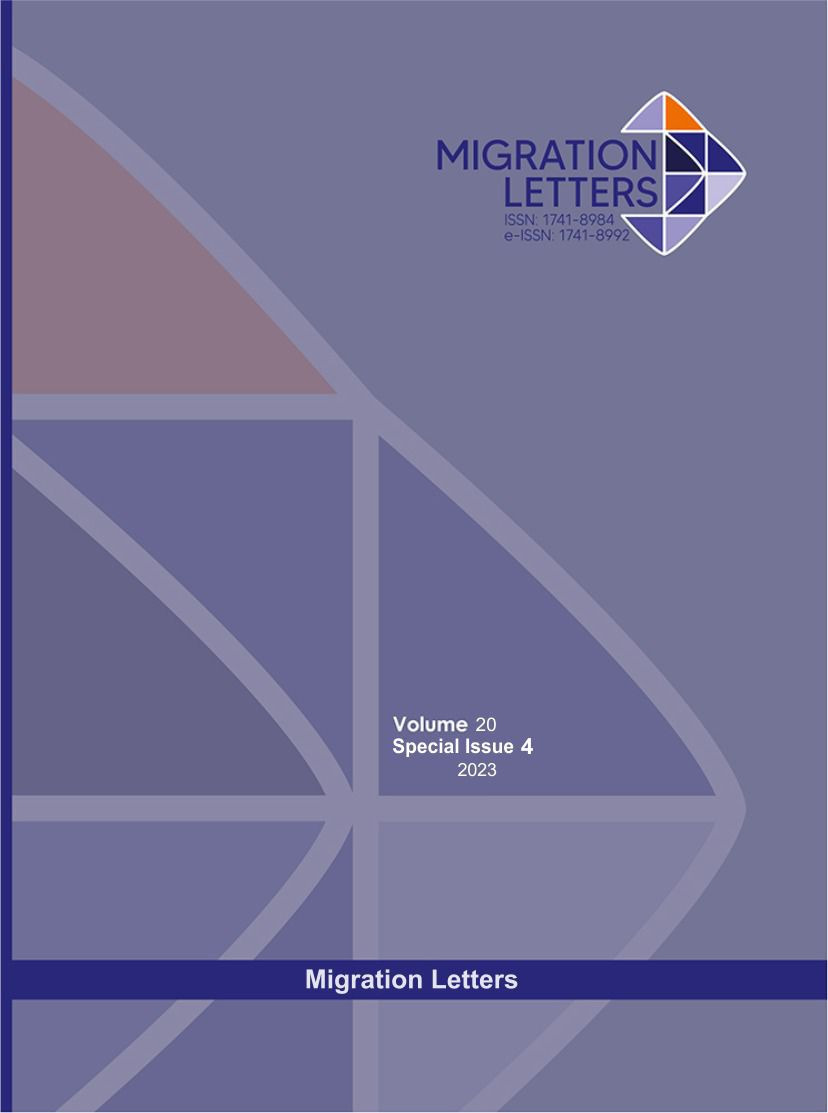The Metrical Structure of Some Selected English Haiku Poems: A Phonological Study
DOI:
https://doi.org/10.59670/ml.v20iS4.3915Abstract
The present study attempts to analyze word stress patterns and phrasal stress patterns of some English haiku poems according to Hayes’s (1995) metrical theory. The use of this theory at the word and phrasal levels of numerous languages has demonstrated its universality. According to this theory, it is possible to show the rhythmic pattern of stressed syllables, feet, words, and phrases using the metrical grids and a number of principles and parameters. The study tries to answer the following two questions: Is the metrical theory applicable to the analysis of the syllables, stress and the rhythmic patterns of English haiku poems? What are the techniques that can contribute to the metrical and rhythmic aspects of the English haiku poems? Haiku is defined as “a Japanese verse form consisting of seventeen syllables in three lines of five, seven and five syllables respectively” (Cuddon, 1984, p. 300). This study analyzes four English haiku poems according to the parametric metrical theory, the first two poems are written by the American poet Ezra Pound in the modern style, and the other two are composed by the American poetess Amey Lowell in the traditional form. The study came out with the following findings: The parametric metrical theory can be used to analyze haikus by applying its stress alternation and adherence to metrical rules. In summary, this theory effectively demonstrates how the rhythmic flow of haiku lines can be illustrated using metrical grids that show stress alternation in each line and the implementation of specific metrical rules.
Metrics
Downloads
Published
How to Cite
Issue
Section
License

This work is licensed under a Creative Commons Attribution-NonCommercial-NoDerivatives 4.0 International License.
CC Attribution-NonCommercial-NoDerivatives 4.0






